Rewards of merit, small tokens of congratulation given to students for good behavior and scholastic accomplishments, have been utilized by teachers for generations. The practice was most popular during the nineteenth century when printing techniques evolved to make this form of ephemera more readily available.
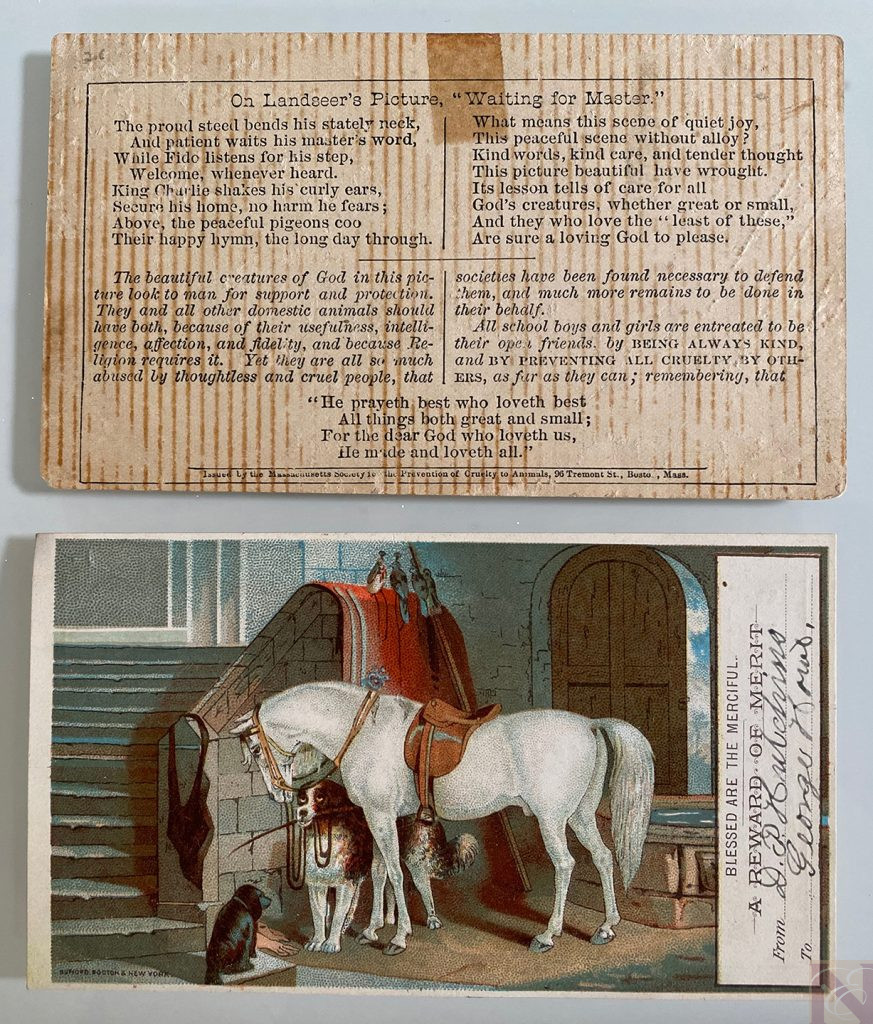
A majority of the surviving rewards of merit are printed, as opposed to hand drawn and painted examples that involved significant artistic effort. The earliest rewards of merit were almost always purely of a religious nature, depicting the benefits of piety. Beginning in the early nineteenth century, the rewards of merit gradually became more secular, touching lighter topics such as polite behavior, patriotic awareness, and children’s games and other activities.
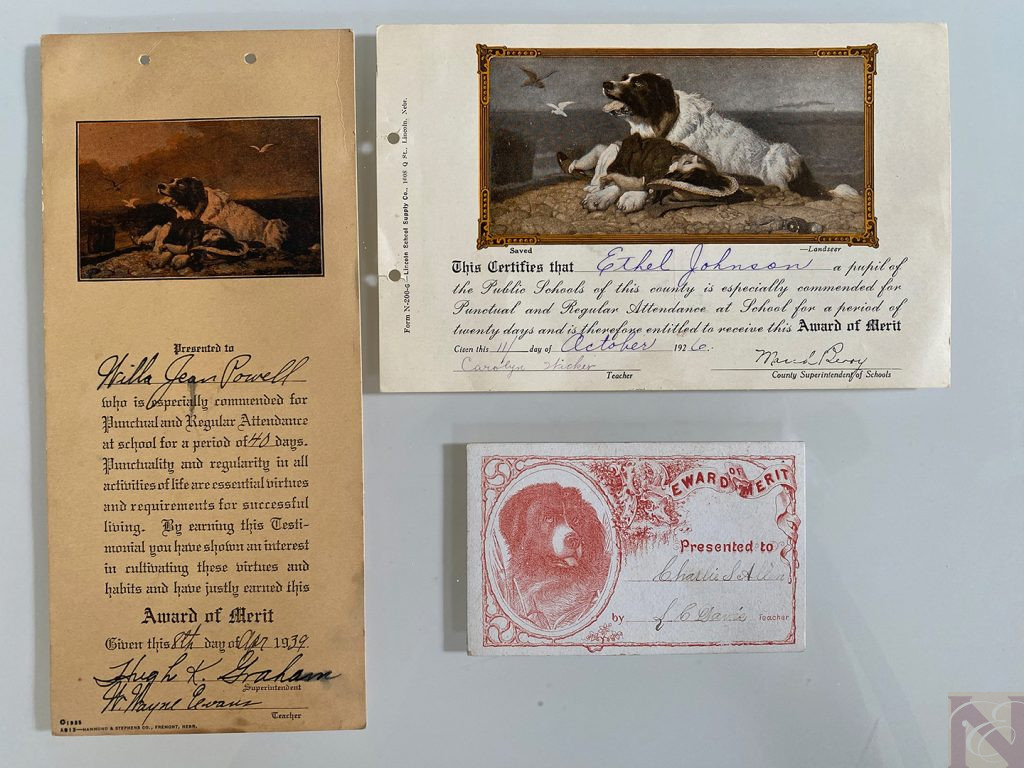
Like the popular trade cards of the time, many Reward of Merit cards featured reproductions of famous artwork, here are two Landseer paintings reproduced into different reward cards.
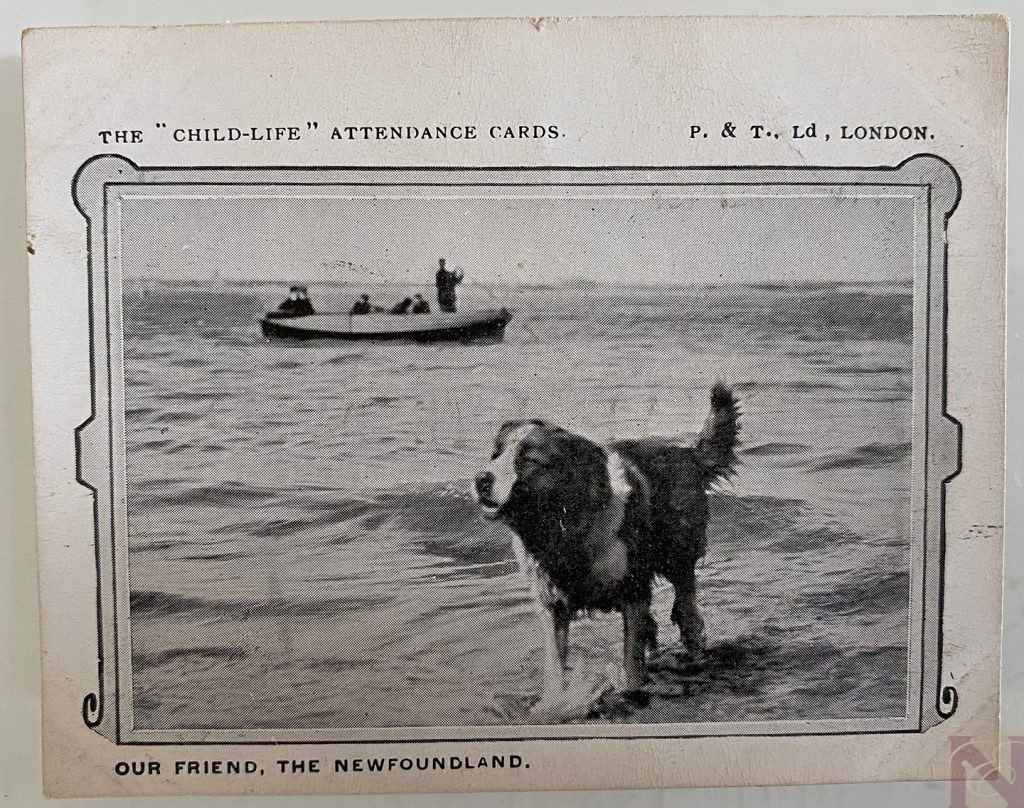
These cards were often pasted into the popular Victorian era scrapbook albums to show a child’s achievement, and performance at school. Rewards were given by a teacher to a student for punctuality, attendance, proper and good right conduct, Sunday school work with younger students, and overall signs of improvement in the early 19th century one room schoolhouse curriculum.
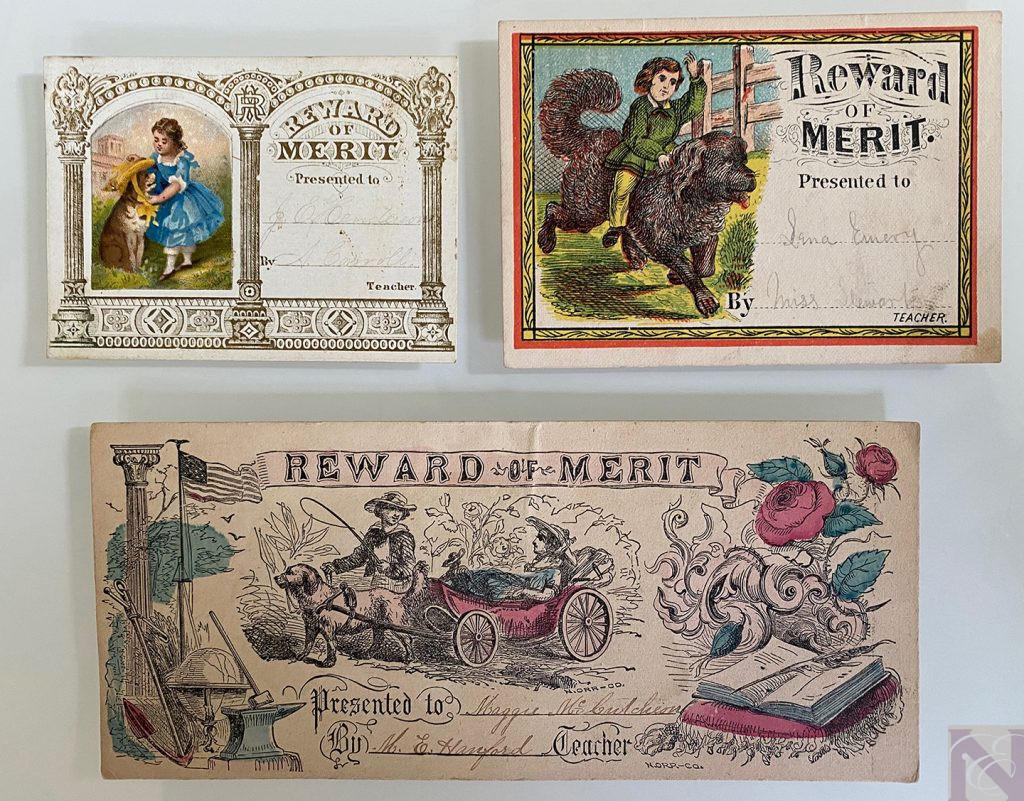
Reward-of-merit cards were a major sideline for the chromolithography industry; many commercial trade cards and personal calling card blanks required no greater adaption than the addition of the words ‘Reward of Merit’ in place of a name. The rewards of merit therefore reveal much about the printing industry, about its art, its audience, and its makers.
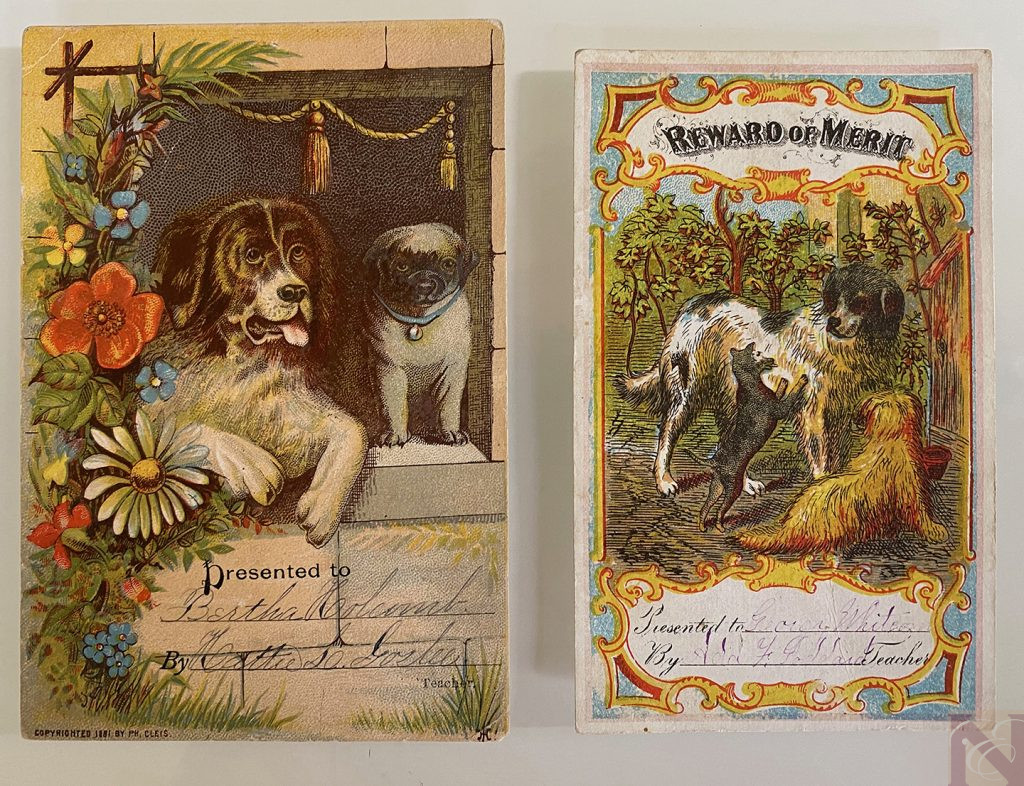
Rewards of merit, in addition to being examples of a nineteenth century classroom tool, reveal the progress of printing in America as well as the priorities of educators and disciplinarians of the time.
Leave a Reply